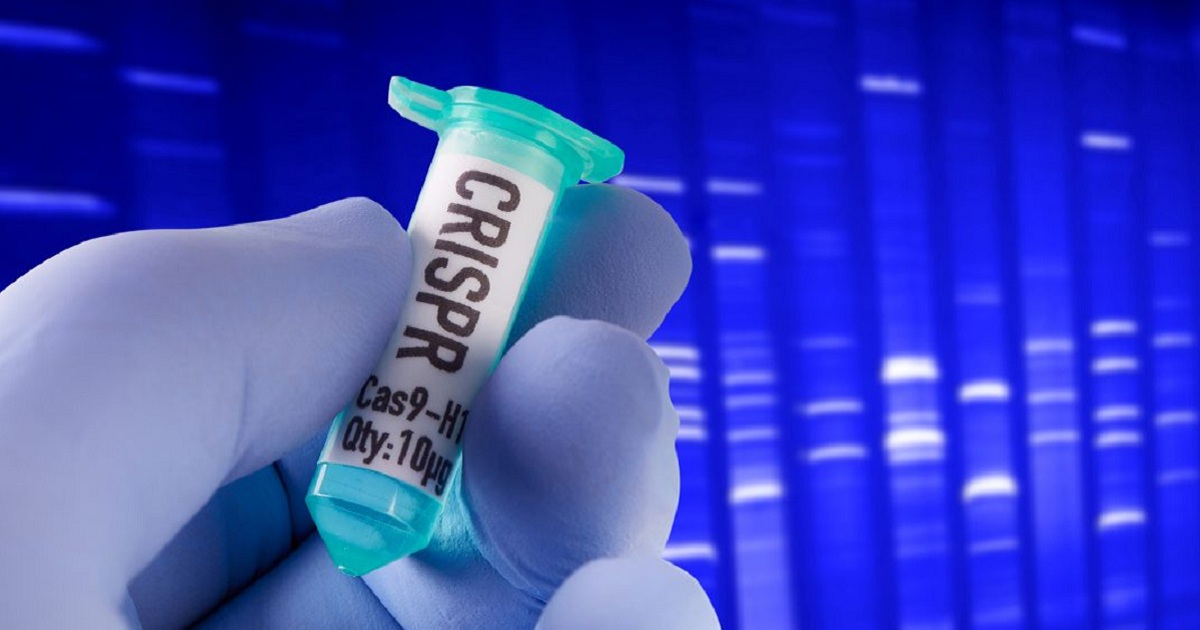CRISPR Gene Editing Ability Improved by Specific Modifications of tracrRNA

Scientists at the City of Hope believe they may have found a way to sharpen the fastest, cheapest, and most accurate gene editing technique, CRISPR-Cas9, so that it can more successfully cut out undesirable genetic information. This improved cutting ability could one day fast-track potential therapies for HIV, sickle cell disease, and, potentially, other immune conditions. “Our CRISPR-Cas9 design may be the difference between trying to cut a ribeye steak with a butter knife versus slicing it with a steak knife,” said Tristan Scott, PhD, lead author of the study and a staff research scientist at City of Hope’s Center for Gene Therapy. “Other scientists have tried to improve CRISPR cutting through chemical modifications, but that’s an expensive process and is like diamond-coating a blade. Instead, we have designed a better pair of scissors you can buy at any convenience store.” The study, “Improved Cas9 activity by specific modifications of the tracrRNA,” published in Scientific Reports is the first time scientists have systematically gone through the guide RNA sequence to change it and improve CRISPR-Cas9 technology, Scott said. The Kevin Morris Lab at City of Hope has filed a patent application claiming this improved CRISPR-Cas9 design, which could result in a doubling of activity but the exact amount was dependent on the target site, Scott said.